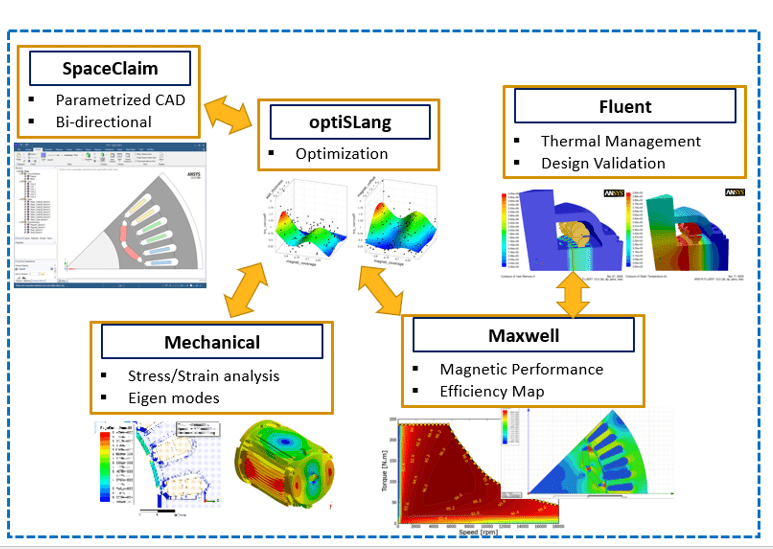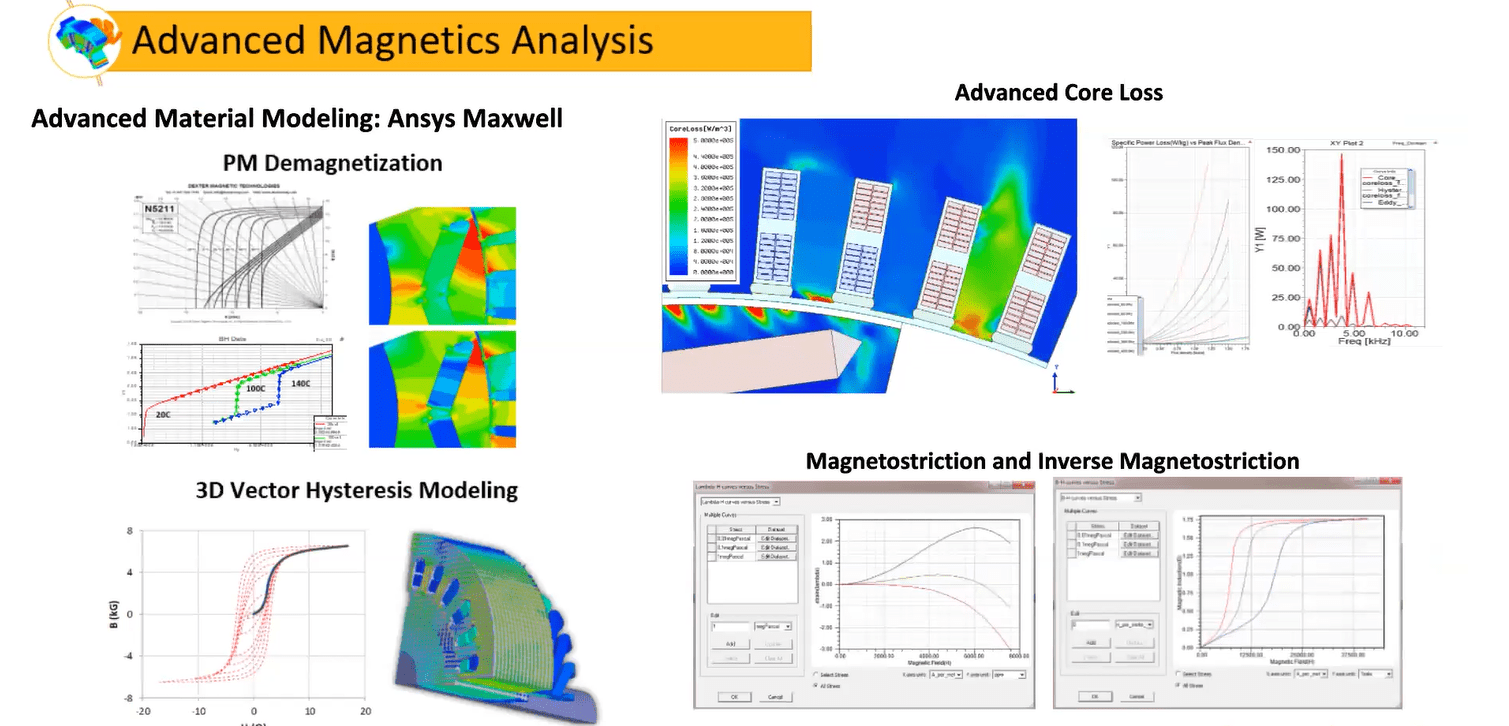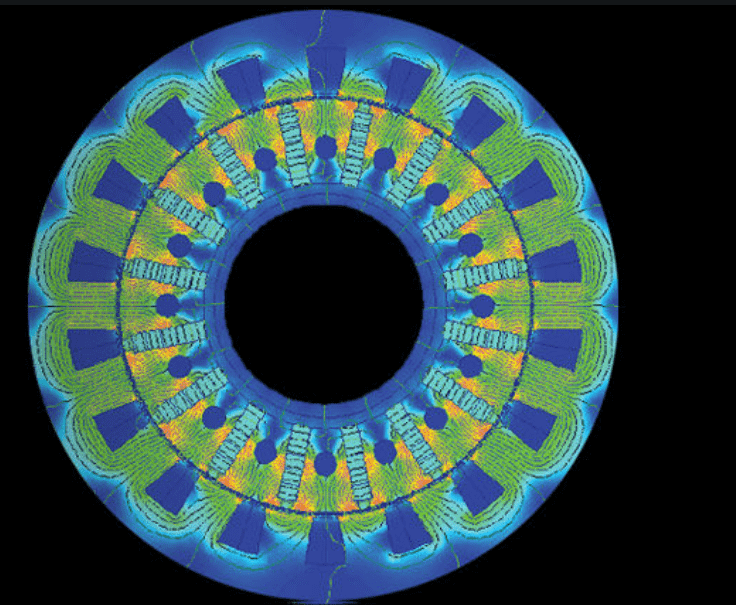Product Specs | EMA3D:
- Nexxim Transient Circuit Co-Simulation ➼ Simulate the complexity of devices and platforms down to the circuit level and reduce simulation time by more than a factor of ten.
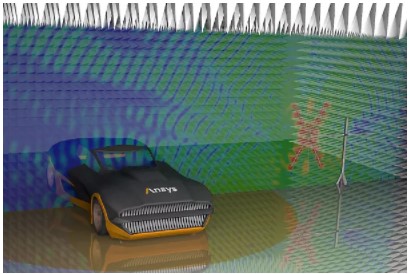
- Expanded Cable Harness Connectivity Features ➼ Allows EMC, E3 and RF Engineers to model true real-world scenarios while designing cables for automotive, aerospace and device manufacturing with higher accuracy in less time.
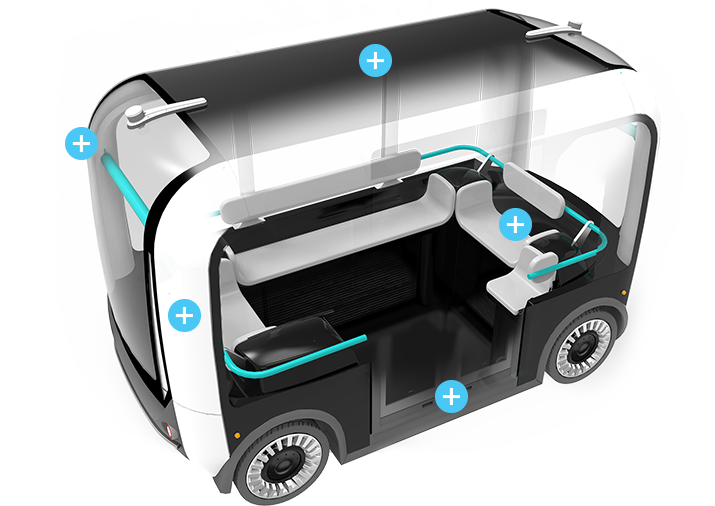
- Spatial Vulnerability Assessment ➼ Manufacturers of civilian and military aircraft use EMA3D Cable to improve their understanding of aircraft system lightning response, validate numerical approaches to compliance, and compare aircraft simulations to full physical lightning transient analysis (LTA) tests.
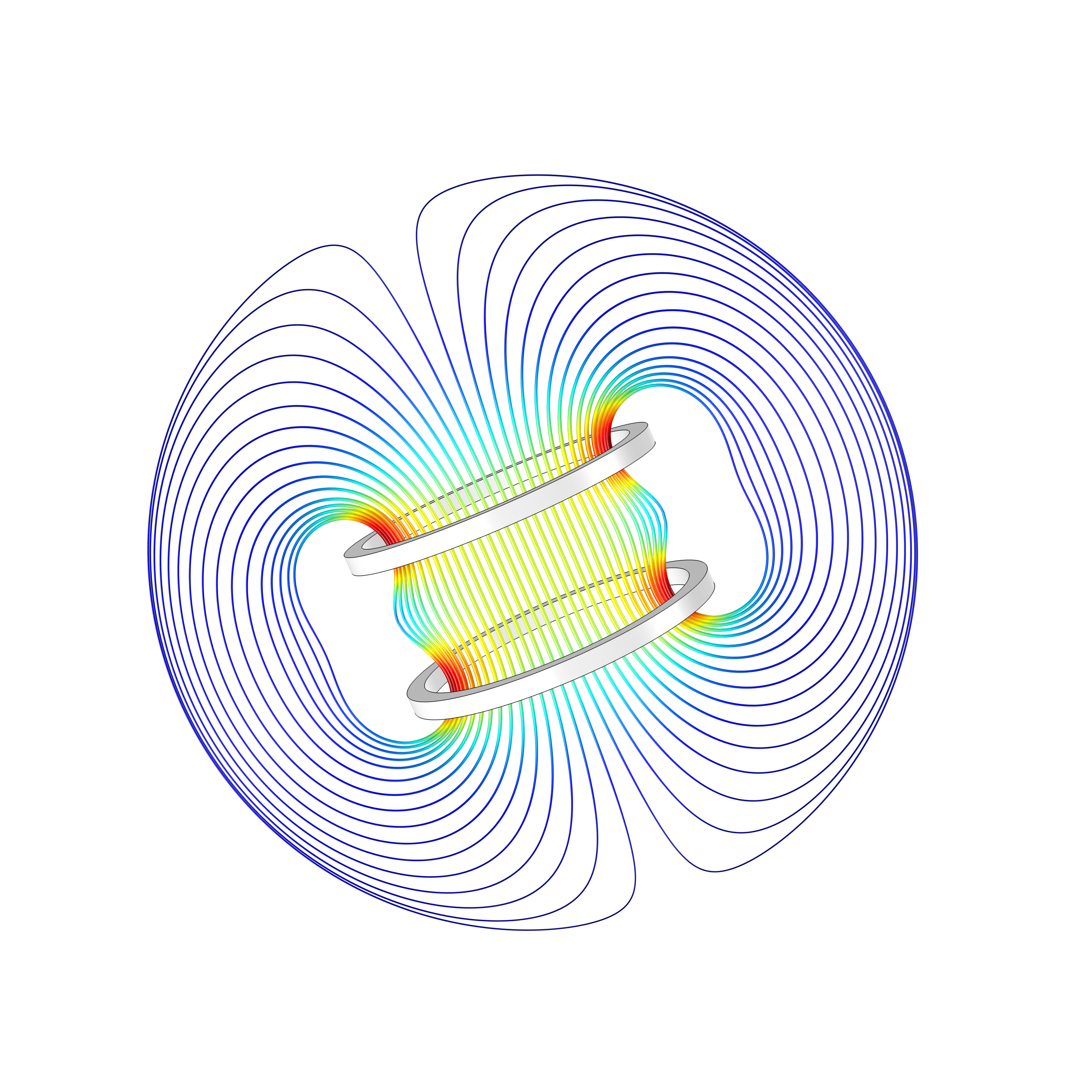
✓ Finite-Difference-Time-Domain (FDTD)
✓ Inductance and Capacitance Simulation
✓ Hybrid Transmission Line Solve
✓ HFSS Software Integration
✓ Thin-Surface Algorithms
✓ Multilevel Shielding
✓ HPC Integration
✓ 3D IC Packages
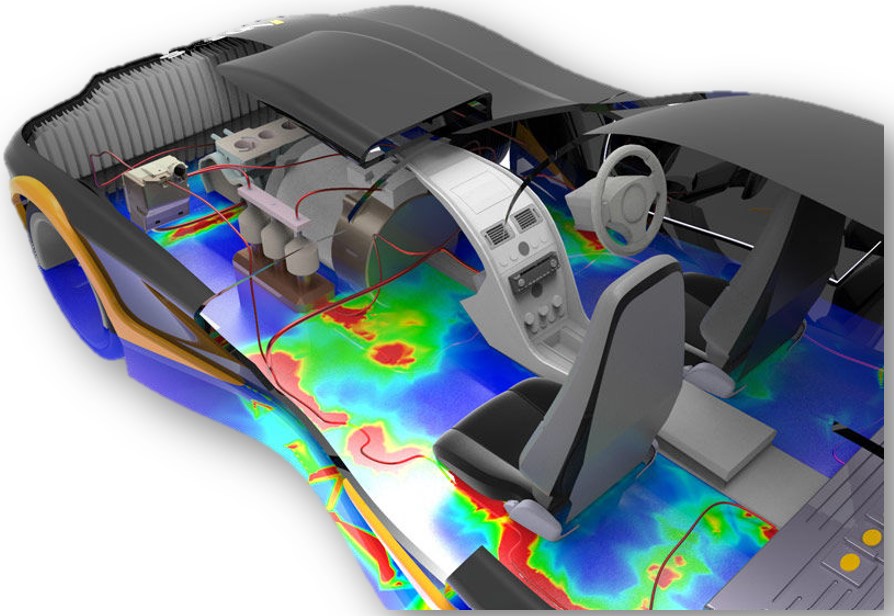
What differentiates EMA3D Cable?
Unwanted internal and external coupling can inhibit or outright prevent testing certifications. To ensure compliance, EMA3D Cable’s system-level protocol simulates Real-World EMI Events, allowing for each Discrete-Point, Integrative, and Dynamic Testing for each of the following capability groups:
- Shielding Effectiveness Analysis
- High Intensity Radiated Fields (HIRF) and Cable Coupling
- EMI Crosstalk between Cables
- Current Return Network Optimization
- Cable Signal Integrity
- Lightning and EMP Coupling to Equipment Interfaces
Ansys EMA3D Cable Key Features
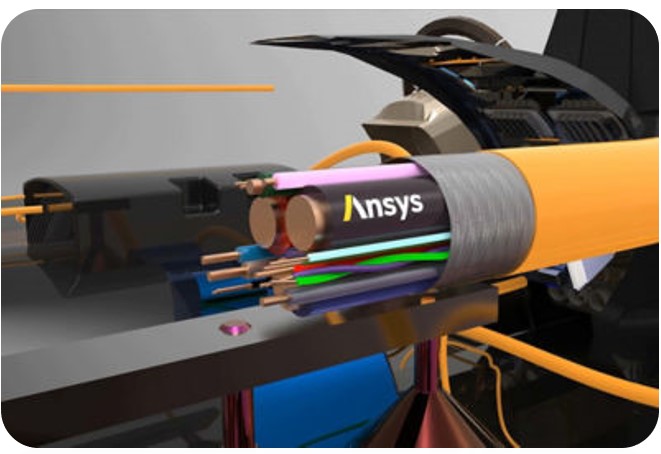
- Radiated emissions simulations can be performed in full platforms, allowing the users to compute electric and magnetic fields anywhere in space due to radiation from cables and components.
- The automated coupling to HFSS allows engineers to consider the radiation of high-fidelity components such as packages, PCBs and antennas.
- Two of the most commonly exercised standards for electromagnetic compatibility (EMC) by automotive and aerospace engineers are CISPR 12 and CISPR 25. These are embedded within our code base, and consistently updated as regulatory standards change
- The coupling from ideal sources or specific components to cables installed in realistic platforms can be easily computed in the simulation environment.
- Crucially, EUT must continue to operate normally and cannot show any signs of susceptibility when subjected to these electromagnetic (em) fields. The EM fields are generated by feeding a calibrated signal into a broadband RF power amplifier.
- Radiated immunity tests, such as High Intensity Radiated Fields (HIRF) or Electromagnetic Pulse (EMP), can be easily simulated in Ansys EMA3D Cable.
- Easily setup Bulk Current Injection (BCI) and conduct susceptibility tests on wiring harness bundles.
- In Real-Time, compute the complex interactions between circuits, filtering, and cabling to provide clear guidance on audio and radio frequency noise induced by external interference.
- EMA3D ensures circuits are adequately protected from noise and resonances by evaluating effects of shielding, filter topology, grounding, and natural circuit sensitivity.
- Compute induced voltage and currents on real wiring harness bundles using the transmission line solver.
- Acting as digital shielding effectiveness test lab, the EMA3D library tests a variety of products, including fabrics, resins, glass, paints, inks, etc.
- With hi-tech advancements, manufacturers must push the envelope and find more flexible and cost-effective materials that can effectively block RF.
- Applying full 3D EM simulation methods to simulate detailed cabling within a large structure such as an automobile is generally impractical as a conventional simulation of such would require an incredibly fine resolution to capture the fields in the cable, extended over a very large volume, resulting in slow, computationally-intensive calculations.
- EMA3D circumvents this issue through deployment of specialized function-level simulators to model complex cables and cable harnesses far more efficiently.
- Compute induced voltage and currents on real wiring harness bundles using the transmission line solver.
- Model, simulate and validate high-speed channels and complete power delivery systems typical in modern high-performance electronics and aircrafts.
- Accurately extract multi-gigabit SERDES and memory buses, providing product sign-off compliance for various designs.
- Wave extraction of complete power distribution networks (PDN) enables engineers to verify noise margins and ensure impedance profiles are met through automatic decoupling analysis in low-voltage designs.
- In Real-Time, evaluate how the digital and analog signals are affected by the cable definition and external electromagnetic noise.


